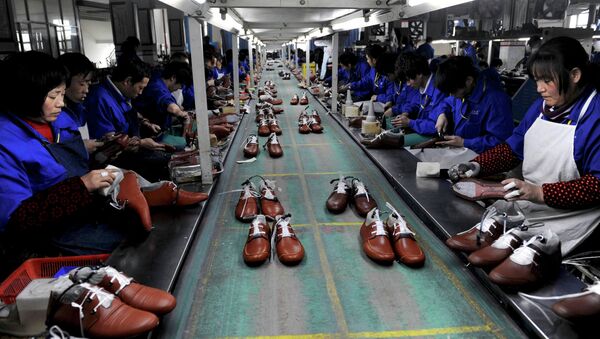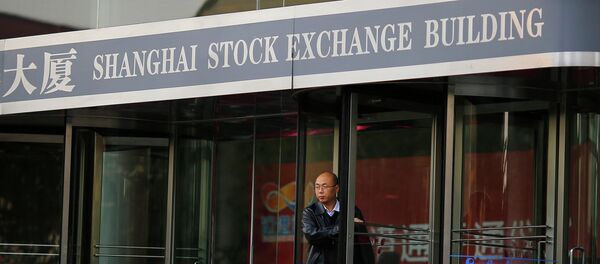The situation is a lot murkier now, as the US- and European-based multinationals have moved manufacturing back to the country of origin or moved elsewhere in search of new ways to get a market edge in the ever-more competitive global environment. The slump in commodities prices started with metals in mid-2013 and is culminating now with the crude oil decline. It has put many developing nations in a tickly position: as the habitual sources of growth have worn out and corruption, general consumption and alarming demographics remaining in place, what will be the driving force for the higher economic growth which has become a necessity during the previous two decades?
The answer has found itself – excessive borrowing and inflation, accompanied by devaluations in national currencies.
Indeed, Bloomberg's top-20 list of the world’s fastest growing economies in 2015 features the usual suspects: China (7%), followed by the Philippines (6.4%), Kenya (6%), India and Indonesia. The remaining fifteen nations include oil-export dependent Nigeria and Saudi Arabia, war-torn Mexico, and politically unstable Thailand. However, several stronger economies are also on the list: the reliably successful Asian nations of South Korea, Singapore and Taiwan; Ireland, which just ended its structural reform and paid-off most of its outstanding debt, and, surprisingly, Poland, which is heading for a full-scale shale revolution.
Now, China's concerns have been widely publicized, and require no additional commentary. In the Philippines, which enjoys low inflation of just 2.4% and a fast pace of growth (6.1% in 2014), the dependence on petroleum and agricultural exports would play against further expansion, meaning that the nation would require structural reforms as services account for only 53% on the nation's GDP. The losses in oil and commodities will need to be covered by a devaluation of the national currency and a further accumulation of national debt, which now stands at 39.7% of GDP.
India is hoping to win a competitive edge through its renewed and now unprecedented economic partnership with the US, while poverty will remain a dire issue. Kenya’s growth of above 5% will be offset by nearly 10% inflation, while Indonesia is, again, way too dependent on oil, resulting in FX rate fluctuations.
The nations that are at risk are the insufficiently diversified economies, which used to exploit what they considered their global competitive advantages. These included cheap labor (China, to a lesser extent – Poland, Turkey and Thailand), crude oil (Kazakhstan, Nigeria, Saudi Arabia, Indonesia) and other commodities (Kenya, Peru, Colombia). These economies, in order to sustain higher expansion rates, will need to reform and introduce new changes to their economic models in order to avoid the traps of double-digit inflation, exchange rate instability and, ultimately, an economic downturn (recent examples include Russia and Brazil).
Two other nations on the list deserve high praise. Ireland could serve a good example for Greece – the two nations were in a similar situation in 2009. South Korea, Taipei and Singapore are successfully competing with the first world across several sectors, most notably, financial services, the automotive industry and high-tech, sometimes turning out to be more competitive and/or tenacious than Europeans and Americans. Your iPhone is most likely assembled in Taiwan and there’s a high chance that you are driving an economical but stylish Hyundai, while some of your investment is listed on the Straits Times Index.
Recent developments in contemporary economic history have proven yet another time that countries can't derive their well-being from passive rent and/or the semi-economic exploitation of human resources in perpetuity. True competitiveness requires constant change and evolution, both in economics and politics – as rigidly organized democracies have proven to be more successful in the longer run than shabby and corrupt autocracies.




